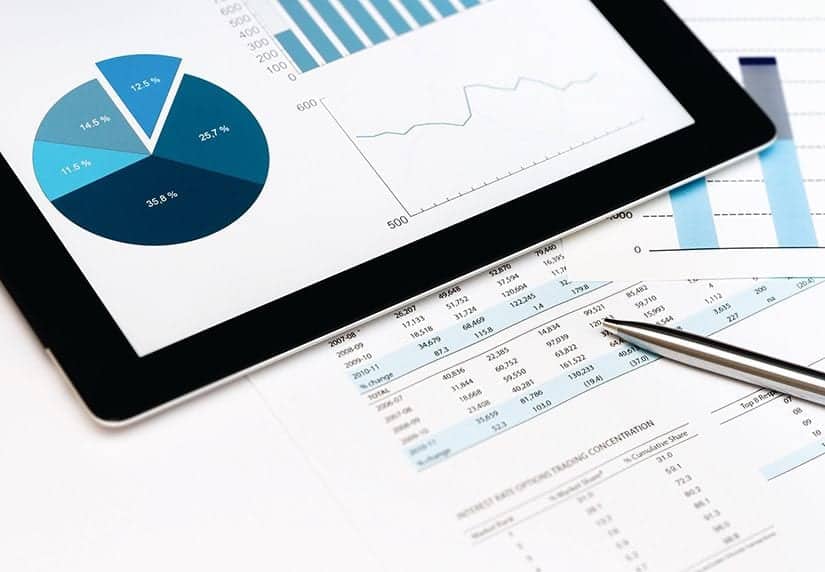Marketing calls it a lead, Sales calls it junk. Why the MQL vs. SQL debate continues and why it matters.
In B2B marketing, lead generation remains a critical driver of business growth. Yet, somewhere along the way, the definition of a lead—specifically a













